Day four marked the study tours final day in Copenhagen and rounded out our time through a series of practice visits. Each practice visited differed in size, project type and process yielding interesting and diverse conversation. Five studios were visited, this blog summarises the day through adopting the format of the ‘lessons learnt’ at each practice. The first practice visited was the Bjarke Ingles Group. Unfortunately, the visit was cut short due to traffic and a late arrival. The practice shared a number of current projects and discussed the international profile of the office.
Practice 2: Gehl Architects
The second practice visit was to Gehl Architects where the conversation was focussed around the role of the architect in city making. The following lessons were learnt:
- Architecture does not have to be expensive, in fact it is better if it is inexpensive. Gehl supports the notion of building very simply through ‘glueing’ the architecture on the outside of the building. He discussed the opportunity for stairs, balconies and trellis’ as elements that serve to enliven buildings and encourage activation
- Architecture and advocacy.Architects do not have to build things. Gehl Architects adopt a role to influence a way of thinking about architecture and drive future change. The practice advocates the responsibility of architects to ‘plant the seed of opportunity’, which is significant in then empowering communities and encouraging people to take ownership of shaping their own place
- Making a neighbourhood and fostering community.Gehl discussed the two most important elements of the built environment as being; the street – which accommodates movement, and the square – which establishes spaces that the eye can oversee. Together these elements are seen to enliven the urban realm and contribute to lively people places
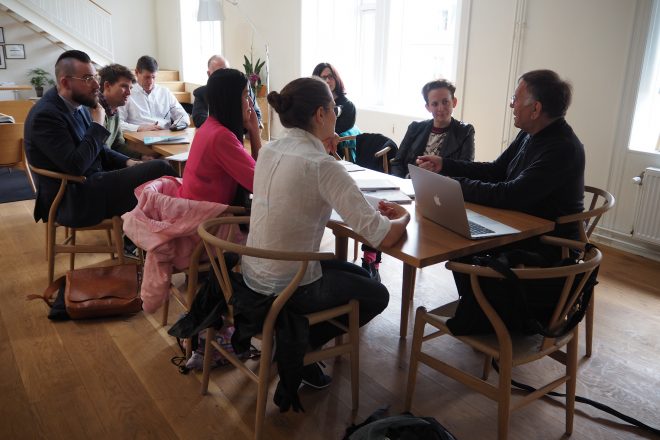
Practice 3: Tegnestuen Vandkunsten
The third practice visited was Tegnestuen Vandkunsten who adopted similar principles to those valued by Jan Gehl on a built scale. The practice aligned with having an urban responsibility beyond the role of the architecture and aim to produce work that ‘gives back to the city’. This was evident in their work whereby the following lessons were learnt:
- Adopting a strong social stance.The practice commits to accepting a variety of work in the office; from social housing to very high end residential. This is strategic in affording the opportunity to accept pro bono work and drive important research in new affordable housing typologies
- Learning from mistakes.Tegnestuen Vandkunsten reflected on moments in built work that in reality did not reflect the original design intent. This was described through a project that was unsuccessful in delivering the urban and public space expectations. Tegnestuen Vandkunsten discussed frustrations around having the best intentions, but not the foresight to understand how people will use the buildings
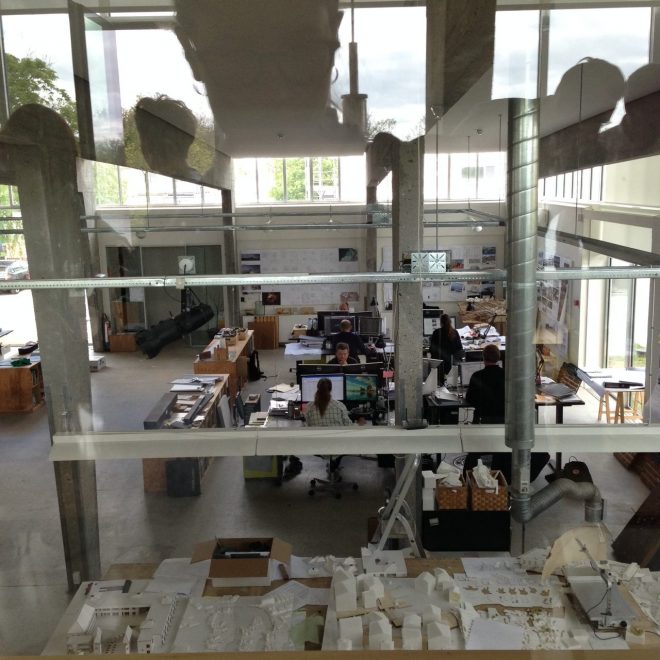
Practice 4: 3XN
The fourth practice visited was 3XN who were strong advocates of the role of research and education in architectural practice. The following key lessons were learned:
- Adopting a research position.It is important to adopt a research agenda that guides the practice. GXN is an internal research unit that has a significant role in the practice, driving innovation in design work and establishing a competitive edge. The unit encourages material testing, software development and sustainable technologies in project work
- Integration of design research.Despite the presence of GXN the practice discussed frustrations around the design process with research as being first to be ‘value managed’ out of a project. It is critical to challenge, in a commercial context, the importance of research and innovation to ensure this new thinking is better integrated in the design process
- Critical reflection on built work.3XN identified post occupancy evaluation and the practice of measuring the success of built work as being critical in ensuring the ongoing growth and development of the practice
- The role of the Institute.Denmark’s Union for architects is a precedent for fair work and salary to modelled off. Equitable pay is enforced and valued through the union which protects and dissolves gender pay gaps
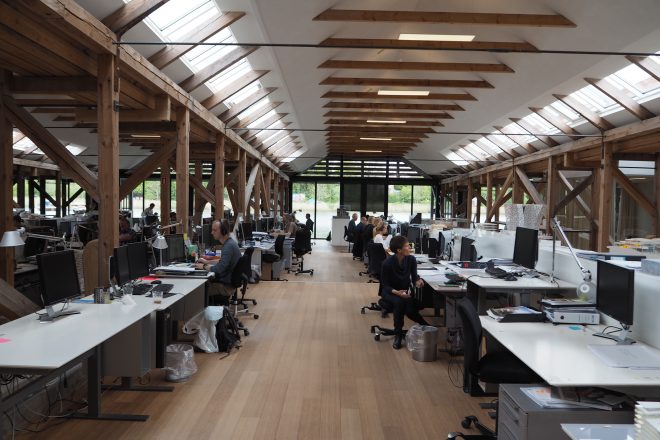
The final practice visit was to Lundgaard and Tranberg where a conversation around process and office culture ensued. The following key lessons were learned through the conversations:
- Encouraging universal input fosters better design.It is important that everyone in the office feels they have the opportunity and confidence to contribute to the project outcome and have a voice in the office. Ultimately this approach fosters more rigorous design outcomes
- Competition work driving innovation.In Denmark 85% of work in the office is competition work (compared to approximately 20% in Australia). Lundgaard and Tranberg adopt a healthy stance towards competitions with a view that they are critical in encouraging innovation and creative thinking, pushing the design response beyond the norm
- Potency of the design diagram and intent.Lene Tranberg discussed the important role of storytelling in the design process. She identified it as critical in ensuring the entire team; client, consultants, builders and staff, are brought on the journey to ensure the delivery of a fulfilling outcome
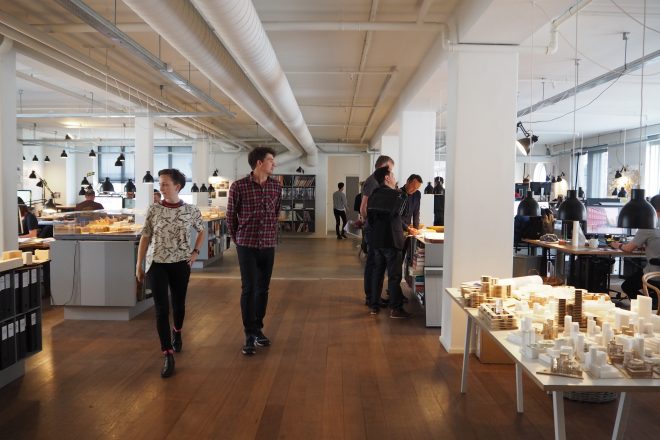
It was a privilege to have been given the opportunity to visit and engage in direct dialogue with such a diverse number of Danish practices. The most significant personal learning from the day can be best summarised though a statement by Jan Gehl who posed the question; ‘What does it take to be a good architect? If you want to be a good architect you must love people. Architecture is not about physical things, it is about constructing a framework for life…’ Indeed, this sentiment was evident across the work of the five practices visited and realised in a diverse number of in a number of different ways.
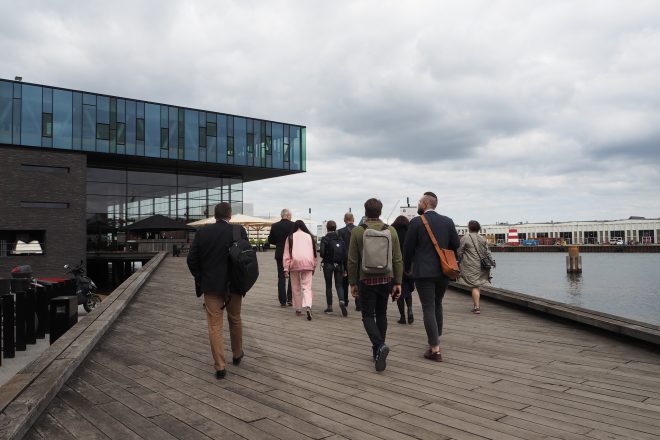
Hannah Slater